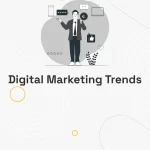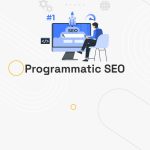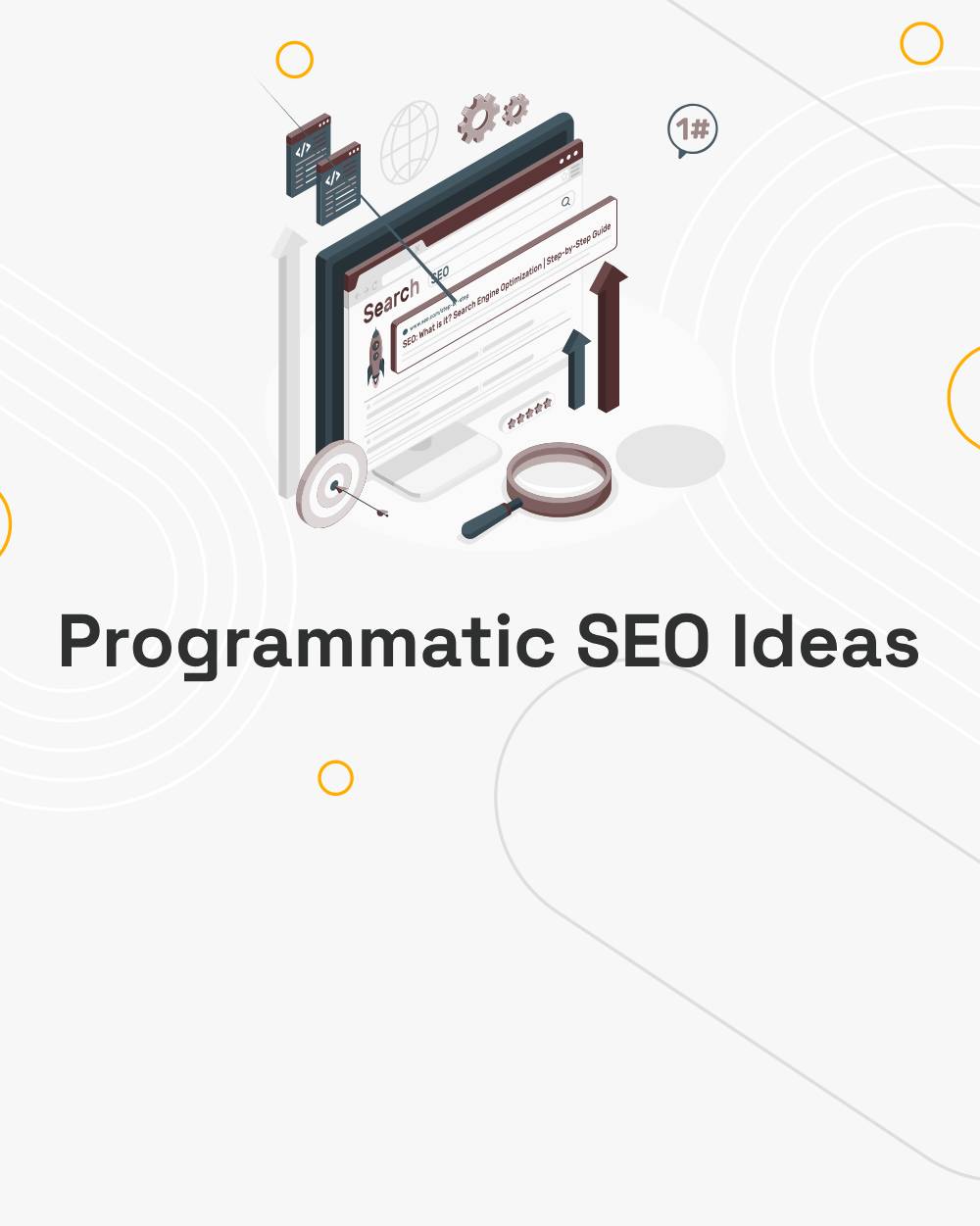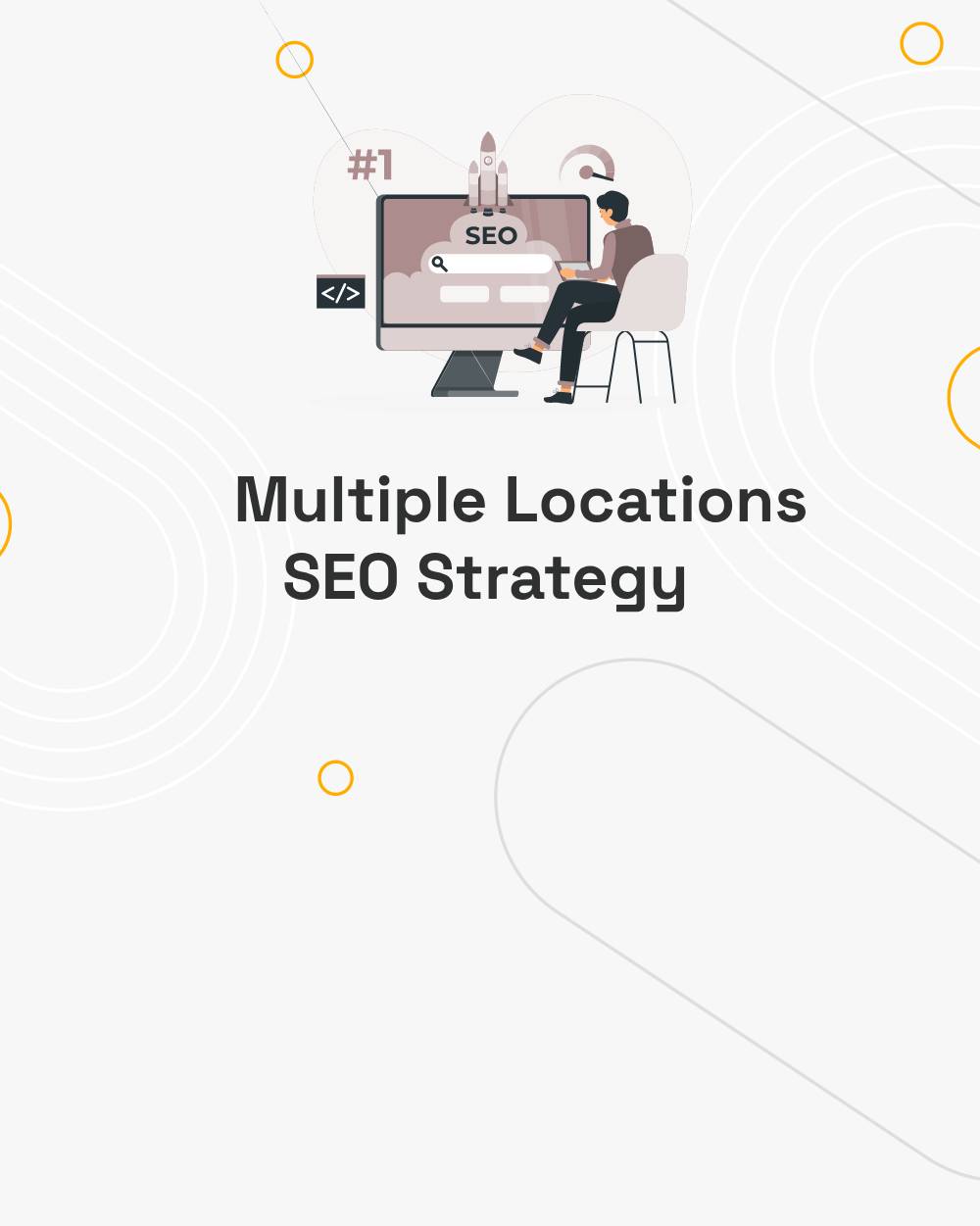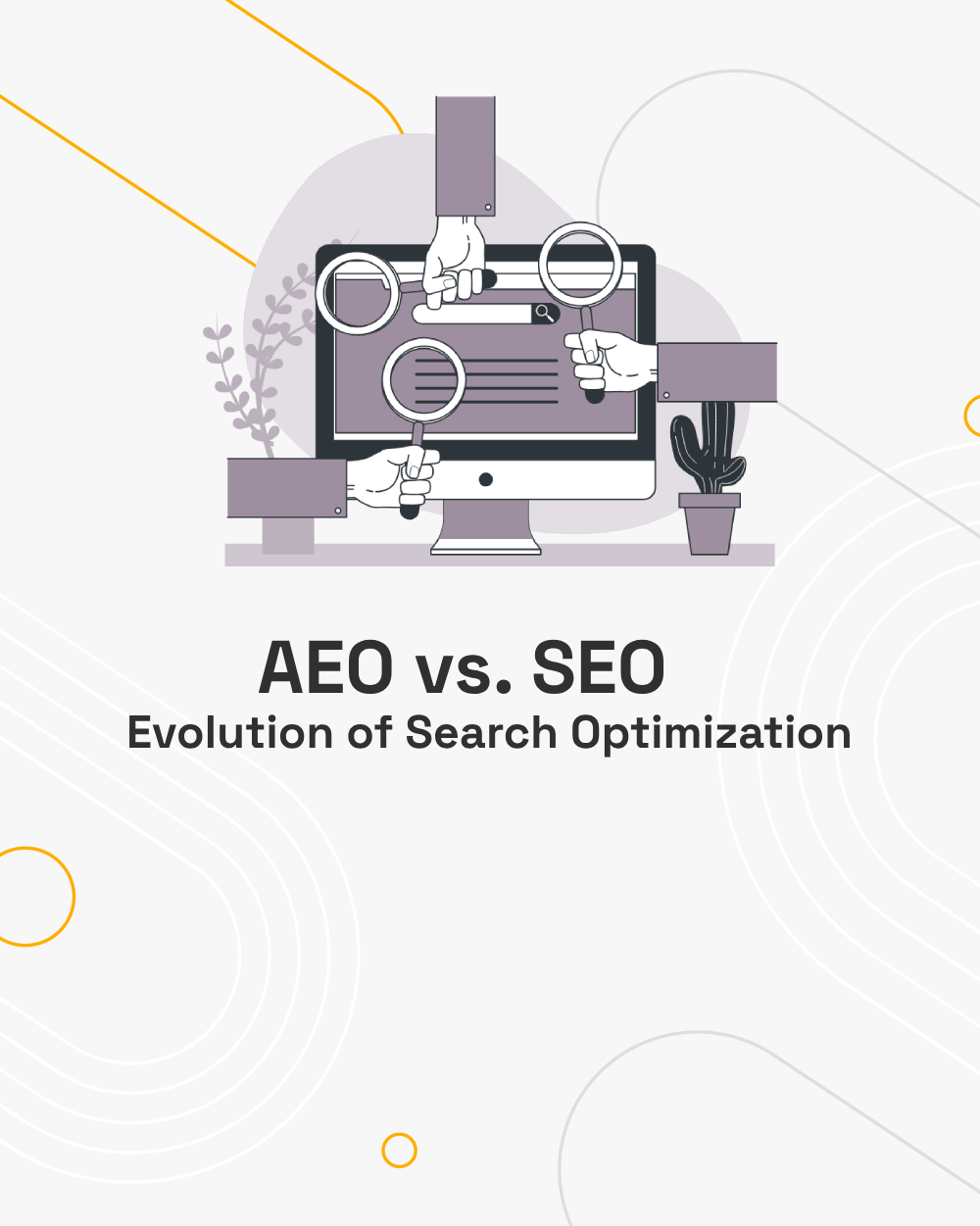In the ever-evolving landscape of search engine optimization (SEO), the debate between programmatic SEO and traditional SEO has gained prominence. While both approaches aim to improve website visibility and drive organic traffic, their methodologies, advantages, and applications differ significantly. Understanding these differences is crucial for businesses looking to optimize their digital strategies.
What is Traditional SEO?
Traditional SEO refers to the foundational practices and strategies used to improve a website’s visibility and ranking in search engine results pages (SERPs). It focuses on optimizing various on-page and off-page elements to align with search engine algorithms and ensure a site is more accessible and relevant to users.
Key Components of Traditional SEO
On-Page SEO:
- Keyword Optimization: Identifying and strategically using relevant keywords in content, meta tags, headings, and URLs.
- Content Quality: Creating high-quality, valuable, and user-focused content that meets search intent.
- HTML Tags: Proper use of title tags, meta descriptions, alt tags for images, and header tags (H1, H2, etc.).
- URL Structure: Creating clean, descriptive, and SEO-friendly URLs.
Technical SEO:
- Website Speed: Ensuring fast page load times.
- Mobile-Friendliness: Optimizing the site for mobile devices.
- Crawlability and Indexability: Allowing search engines to crawl and index the site effectively through sitemaps and robots.txt.
- Fixing Broken Links: Resolving 404 errors and redirecting outdated URLs.
Off-Page SEO:
- Backlinks: Building high-quality, authoritative links from other websites.
- Social Signals: Leveraging social media platforms to generate awareness and traffic.
- Brand Mentions: Increasing brand awareness and mentions across the web.
User Experience (UX):
- Bounce Rate: Reducing the percentage of users who leave the site after viewing one page.
- Dwell Time: Encouraging users to spend more time on the site.
- Navigation: Providing a clear and intuitive site structure.
What is Programmatic SEO?
Programmatic SEO is a method of creating and optimizing a large number of web pages or content at scale by leveraging automation, data, and templates. This approach is particularly useful for websites that require thousands or even millions of pages targeting different keywords, topics, or user intents.
Key Components of Programmatic SEO
Automation and Scalability:
- Instead of manually creating each page, programmatic SEO uses tools or scripts to generate pages dynamically.
- It relies on structured data and templates to produce content quickly and efficiently.
Data Sources:
- Data is often pulled from databases, APIs, or external datasets (e.g., product catalogs, real estate listings, or local business information).
Templates:
- Predefined page structures are designed to ensure consistent formatting and on-page SEO best practices across all pages.
Keyword Targeting:
- Each page targets a specific keyword or keyword variation to maximize search engine visibility.
- Long-tail keywords are often a focus to drive highly specific and relevant traffic.
Dynamic Content:
- Content is personalized or customized based on the data being displayed, such as location, category, or product features.
Internal Linking:
- Proper internal linking is essential to ensure search engine crawlers can discover all pages and that link equity flows efficiently throughout the site.
Advantages of Programmatic SEO
Programmatic SEO involves the automated creation and optimization of large numbers of webpages using structured data, templates, and algorithms. It can be especially beneficial for websites that need to scale content quickly, such as e-commerce sites, marketplaces, or directories. Here are some key advantages:
Scalability
- Programmatic SEO enables the creation of thousands or even millions of pages at scale by leveraging structured data and templates.
- Ideal for sites that target a wide range of keywords or geographic locations, such as local business directories or travel platforms.
Efficiency
- Automates repetitive tasks like metadata creation, content generation, and internal linking.
- Reduces manual effort, freeing up resources for strategic activities like competitor analysis or link-building campaigns.
Personalization
- Allows for highly targeted content based on user intent, location, or specific keywords.
- Facilitates the creation of tailored pages for niche audiences or long-tail keywords.
Improved Internal Linking
- Programmatic strategies often include automated internal linking, which helps search engines crawl and index pages efficiently.
- Enhances user navigation, boosting overall site usability and engagement.
Cost-Effectiveness
- Once the infrastructure is in place, the cost of generating new pages is minimal compared to manual content creation.
- Reduces reliance on large content teams or freelancers.
Data-Driven Insights
- Leverages structured data to inform content decisions and improve keyword targeting.
- Facilitates A/B testing and performance analysis across large datasets to refine strategies.
Fast Deployment
- Enables rapid rollout of new content or updates across entire sections of a website.
- Particularly useful for time-sensitive campaigns, such as seasonal promotions or trending topics.
Better Long-Tail Keyword Coverage
- Targets a broad array of low-competition, long-tail keywords by creating pages optimized for specific queries.
- Helps drive organic traffic from niche searches.
Consistent Structure
- Ensures uniformity across webpages, which improves user experience and makes it easier for search engines to understand the site structure.
- Aids in achieving higher rankings by providing predictable and optimized layouts.
Multilingual and Regional Targeting
- Facilitates the creation of content in multiple languages or tailored to specific regions, expanding the website’s reach.
- Increases relevance for international audiences, boosting global SEO.
Advantages of Programmatic SEO
Traditional SEO, often referring to on-page and technical SEO practices, provides numerous advantages for improving a website’s visibility and performance in search engines. Here are the key benefits:
Long-term Results
- Unlike paid advertising, traditional SEO builds organic traffic over time, resulting in sustainable and compounding benefits.
Cost-effectiveness
- While it may require an initial investment in content creation and optimization, traditional SEO does not involve ongoing costs like PPC advertising.
Improved User Experience
- On-page optimization (e.g., faster page load times, mobile responsiveness, and well-structured content) enhances user experience, reducing bounce rates and increasing engagement.
Higher Credibility and Trust
- Users often trust organic search results more than paid ads. Ranking highly on search engines signals credibility and authority.
Better Local Visibility
- Traditional SEO, combined with local SEO practices, can help businesses attract local customers through location-specific keywords and optimized Google My Business profiles.
Broader Reach
- By targeting relevant keywords, traditional SEO allows businesses to reach diverse audiences at different stages of the buyer journey.
Adaptability
- SEO techniques can adapt to changes in search engine algorithms, ensuring long-term relevance and competitiveness.
Measurable ROI
- Tools like Google Analytics allow you to track the performance of SEO efforts, including organic traffic, keyword rankings, and conversion rates.
Enhanced Brand Awareness
- High visibility in search results increases brand exposure, which helps establish your presence in the market.
Competitive Edge
- Consistent SEO efforts can help businesses stay ahead of competitors who may be less focused on optimization.
Challenges and Limitations of Programmatic SEO and Traditional SEO
Programmatic SEO and traditional SEO have unique challenges and limitations that businesses must navigate to achieve their goals. Here’s a breakdown:
Challenges and Limitations of Programmatic SEO
Scalability Risks
- Automated Errors: Scaling quickly with automated processes increases the risk of duplicating mistakes, like broken links or low-quality pages.
- Thin Content: Automatically generated content can lack depth and uniqueness, which may be penalized by search engines.
Technical Expertise
- Requires significant coding skills and familiarity with tools like APIs, data pipelines, and CMS integrations.
- High reliance on structured data and automation tools, which can be complex to manage.
Algorithm Sensitivity
- Search engine algorithms are constantly evolving. Programmatically generated content can fall afoul of updates targeting low-quality or duplicate content.
Quality Control
- Balancing scale with quality is challenging. Without manual intervention, programmatic systems may create pages with irrelevant or poorly formatted information.
High Initial Investment
- Developing a programmatic SEO system demands resources for technology, skilled personnel, and data acquisition.
Dependency on Data
- Accurate and well-structured data is essential. Issues like outdated or incomplete data can negatively impact SEO efforts.
Over-optimization
- Heavy reliance on templates can lead to over-optimized content, triggering penalties for keyword stuffing or unnatural link patterns.
Challenges and Limitations of Traditional SEO
Time-Intensive
- Traditional SEO requires manual efforts like keyword research, content creation, and link building, which can take months to show results.
Resource-Dependent
- Demands a consistent investment in skilled personnel (content writers, SEO specialists), tools, and marketing efforts.
Scaling Issues
- Creating unique and valuable content manually for a large number of pages or niches is labor-intensive and expensive.
Algorithm Dependency
- Like programmatic SEO, traditional SEO is vulnerable to search engine algorithm changes, requiring frequent updates to strategies.
Competitive Saturation
- Industries with established competitors make it difficult for new players to rank high without substantial effort and innovation.
Limited Agility
- Adapting to new trends, algorithm updates, or audience shifts can be slower compared to programmatic approaches.
Link Acquisition Challenges
- Building high-quality backlinks through traditional means (guest posts, partnerships) is time-consuming and may require significant outreach.
When to Choose Programmatic SEO vs. Traditional SEO
- Programmatic SEO: Ideal for businesses with large datasets or those aiming to capture a broad spectrum of long-tail keywords.
- Traditional SEO: Best for brands focusing on in-depth content creation, authority building, and highly targeted strategies.
Conclusion
Both programmatic and traditional SEO have their strengths and challenges. The choice between the two depends on the nature of your business, your goals, and the resources available. By understanding the nuances of each approach, you can develop a tailored SEO strategy that maximizes your online visibility and drives sustainable growth.
